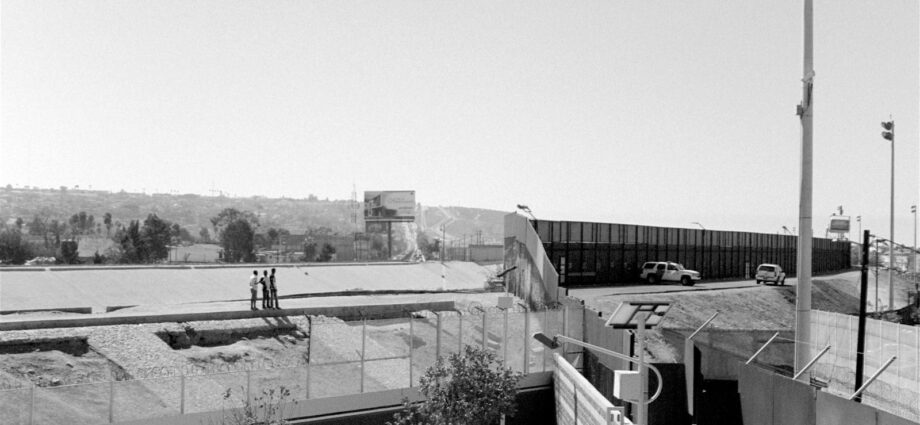By Caitlin Elston-Weidinger
The events of the first half of 2020 have been an aberration from normalcy for some, and a continued intersection of class and racial struggles for others. In the wake of the soft-reopening of most cities around the world, our attention has veered from the global pandemic to police brutality and structural racism. This came after the circulation of videos documenting the life of George Floyd unnecessarily and brutally being taken by the police. Which added further insult to injury after sars-COVID-19 began to run its course through an uneasy and divided nation. COVID-19’s first wave has disproportionately affected the African-American community, spotlighting the already pressing issue of racial disparity in the United States. In many states, African-Americans accounted for more than 60 percent of the death toll, despite comprising only a minority of the share of the total population. The higher fatality rate has been attributed to several factors that more heavily impact African-American communities:
- Higher rates of chronic illness
- Healthcare deserts and testing accessibility
- Employment in essential and service industries
- Higher stress hormone levels
These are testing times for a country riddled with increasing inequality, hostility towards migrants, left-right divisions, racial disparity, and a highly contentious election looming around the corner. However, around the world, with the pandemic in the periphery of our thoughts, people have taken to the streets to show their solidarity with the BLM marches in the United States. These marches have not only shown us the extent of the militarization of the US police force, but have also made a profoundly impactful statement of global condemnation to a country that regards itself as the beacon of freedom and prosperity. Although, issues of racial inequality and discrimination are not limited to the United States and many solidarity marches have taken many other context-specific forms to voice their own particular grievances. Much like the “Me too” movements many variants that expanded the discussion from Weinstein’s sexual abuse scandals to all cases of sexual misconduct. This unrest is not limited to a discussion on US law enforcement precisely because racial biases have permeated so many channels of the world around. The intersecting, multifaceted dynamics of oppression, and racial relations have ignited global support in the universal struggle.
Lebanon & the Kafala System
The Lebanese public has been protesting in response to the plethora of governance failures of the political class. A political class that has since done little to address the demands of the protestors. Throughout the course of the last eight months, various blocks of civil society organizations, movements, and groups have been able to use the nationwide protests as a space to air particular plights. Migrant workers and advocates have been seizing the opportunity to dispute the Kafala System since late 2014 and the BLM solidarity marches have ushered in yet another wave. The Kafala (sponsorship) System refers to the system of labor migration implemented across many countries in West Asia and the Middle East in the 1950s, under which their immigration status is bound to an employer and are explicitly excluded from protections under labour laws. There are over 250,000 migrant workers in Lebanon, a large share of whom are female and of Asian or African origin. Under this system workers have their passports confiscated, with exploitative working hours, are frequently unpaid or underpaid, restricted in movement and communication, deprived of food and adequate housing, and face physical abuse. Much like the American case, the Lebanese economy depends on the exploitation of undervalued labourers in essential and service industries. The intersectionality here is clear and Lebanese activists have even created a protest guide in solidarity with protestors ‘from Beirut to Minneapolis’. Most recently, many workers under the Kafala system have been fired and kicked off their employer’s homes due to economic difficulties across the country. The protests have since moved to the doorsteps of embassies.
Netherlands
Solidarity protests in the Netherlands began on June 1st, the start of Keti Koti month commemorating the abolition of slavery in Suriname and the Dutch Antilles. Demonstrations were held across the country to show solidarity with the US but also in opposition to anti-black violence and discrimination in the Netherlands. While some Europeans find solace in not being the United States, to which some credit is due, its colonial legacies and hotly disputed migration policies are telling a different reality. Police brutality is a uniquely American problem when compared to other developed and democratized states, however, racism and racial profiling are not. In the Netherlands, the famed case of Mitch Henriquez who was shot and killed by the police in 2015 during an arrest at a music festival is one of few occurrences of lethal police brutality. Though many believe that issues of labor discrimination, the use of a second nationality as a criterion for investigating fraud, and the responses of police to anti-Zwarte Piet protestors are telling of underlying racial discrimination.
These last weeks remind us not to forget Breyona Taylor, George Floyd, Ahmad Arbery, and the other 7,663 people who have lost their lives to the mishandling by America’s police since 2013. May they also serve as a space to remember and draw attention to the issues of racial discrimination and disparity worldwide. From Minneapolis to Beirut and beyond, let us be urged to confront the subject of race and its continued perversion in all its forms so that we can continue to work towards justice and peace. Let us draw on our interconnectivity to donate, advocate, and engage in pursuit of a new normal.
Edited by Zuzanna Mietlińska
Artwork by Caitlin Elston-Weidinger

